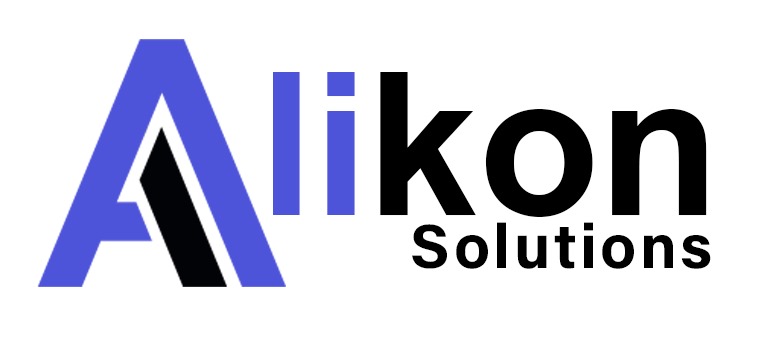OOP Pros: It’s easy to understand the basic concept of objects and easy to interpret the meaning of method calls. OOP tends to use an imperative style rather than a declarative style, which reads like a straight-forward set of instructions for the computer to follow.
OOP Cons: OOP Typically depends on shared state. Objects and behaviors are typically tacked together on the same entity, which may be accessed at random by any number of functions with non-deterministic order, which may lead to undesirable behavior such as race conditions.
FP Pros: Using the functional paradigm, programmers avoid any shared state or side-effects, which eliminates bugs caused by multiple functions competing for the same resources. With features such as the availability of point-free style (aka tacit programming), functions tend to be radically simplified and easily recomposed for more generally reusable code compared to OOP.
FP also tends to favor declarative and denotational styles, which do not spell out step-by-step instructions for operations, but instead concentrate on what to do, letting the underlying functions take care of the how. This leaves tremendous latitude for refactoring and performance optimization, even allowing you to replace entire algorithms with more efficient ones with very little code change. (e.g., memoize, or use lazy evaluation in place of eager evaluation.)
Computation that makes use of pure functions is also easy to scale across multiple processors, or across distributed computing clusters without fear of threading resource conflicts, race conditions, etc…
FP Cons: Over exploitation of FP features such as point-free style and large compositions can potentially reduce readability because the resulting code is often more abstractly specified, more terse, and less concrete.
More people are familiar with OO and imperative programming than functional programming, so even common idioms in functional programming can be confusing to new team members.
FP has a much steeper learning curve than OOP because the broad popularity of OOP has allowed the language and learning materials of OOP to become more conversational, whereas the language of FP tends to be much more academic and formal. FP concepts are frequently written about using idioms and notations from lambda calculus, algebras, and category theory, all of which requires a prior knowledge foundation in those domains to be understood.






